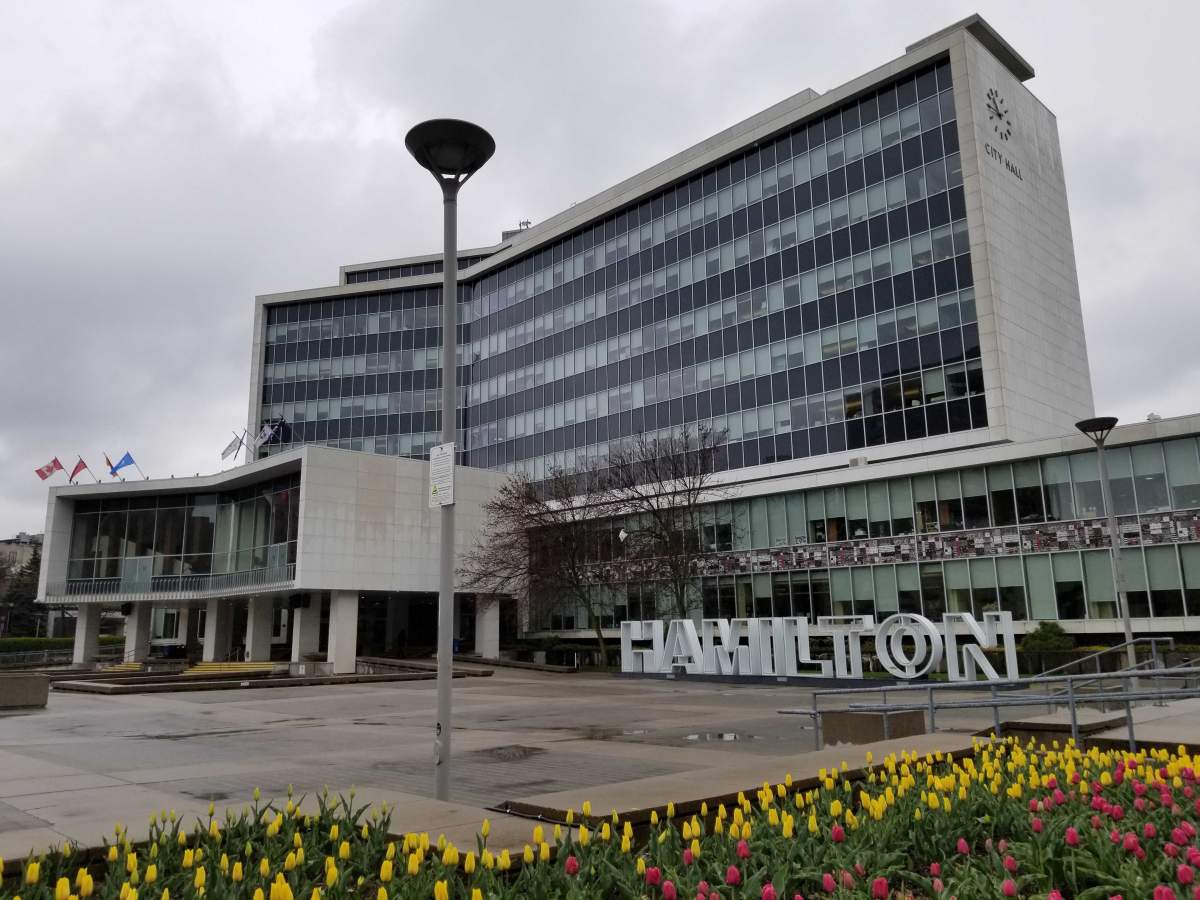Hamilton’s new office of climate change initiatives (OCCI) has laid out its plans for the year ahead to tackle the crisis at a local level.

At Wednesday’s general issues committee meeting, director Lynda Lukasik outlined the OCCI’s role in the city’s climate action strategy, which will focus on five priority areas throughout the remainder of 2023.
Those areas include creating a carbon budget, which Lukasik explained would establish caps on emissions as the city works to reach its target goals.
“The simplest way to describe a carbon budget is to imagine a household budget — you’ve got a limit and you can’t go beyond that limit, you want to stay within your budget,” said Lukasik.
“So it’s a similar sort of exercise where you establish our community’s carbon budget, looking forward to our ultimate goal of net zero by 2050, and it then guides to a certain degree municipal decision making.”
The goal will be to implement that budget framework within a couple of departments in next year’s budget to see how it might work as applied to the entire corporation.
Another area of focus will be green building policies, which will include adopting an “energy performance/net zero” standard for all new municipal buildings and launching the Home Energy Retrofit Opportunity (HERO) pilot residential program, which aims to offer low-interest loans to residents to retrofit their homes to make them more energy-efficient and less reliant on natural gas.

Get daily National news
Some of the work, including the carbon budgeting, is expected to take a longer period of time, but Lukasik said other initiatives — including urban greening — will result in tangible results that can be seen much more quickly.
The OCCI has set a goal of seeing 50,000 trees planted every year in Hamilton, and part of that work is already underway through the city’s “free tree giveaway” program.
“This is really important because we know that the urban forest canopy, 60 per cent of it sits on private property. So we know we need to get more native trees onto private property to help us to get to where we need to be on that front.”
Stoney Creek councillor Brad Clark said it’s crucial that the city acknowledges climate change isn’t just something looming in the future.
“While we’re talking about the existential threat down the road, it’s already happening now. We’re already feeling these impacts and the most vulnerable of our citizens feel them the most. So we need to be trying to mitigate those impacts of what climate change is doing and what it possibly can do.”
The committee also heard a delegation from Don McLean of the Hamilton 350 Committee, a local environmental advocacy group, who said he’s concerned that the plan doesn’t go far enough to find ways to cut greenhouse gas emissions in a way that will enable the city to meet its goal of a 50 per cent reduction by 2030.
He also said the home energy retrofit pilot has a large gap in that it won’t apply to renters – who are often more likely to feel the impacts of extreme heat.
Lukasik acknowledged that there’s still a lot of work that needs to be done and not all of it will be encompassed within the plan, considering industry is the largest producer of greenhouse gas emissions in Hamilton.
To that end, she said every Hamiltonian will need to step up to mitigate the worst impacts of the climate crisis.
“We need local business and industry, we need institutional and other community partners, and we need the community at large to all do what they need to do if we have any hope of succeeding in implementing the strategy and realizing net zero emissions by 2050 … if not much sooner. The climate emergency is an existential threat and it warrants aggressive collective action.”









Comments